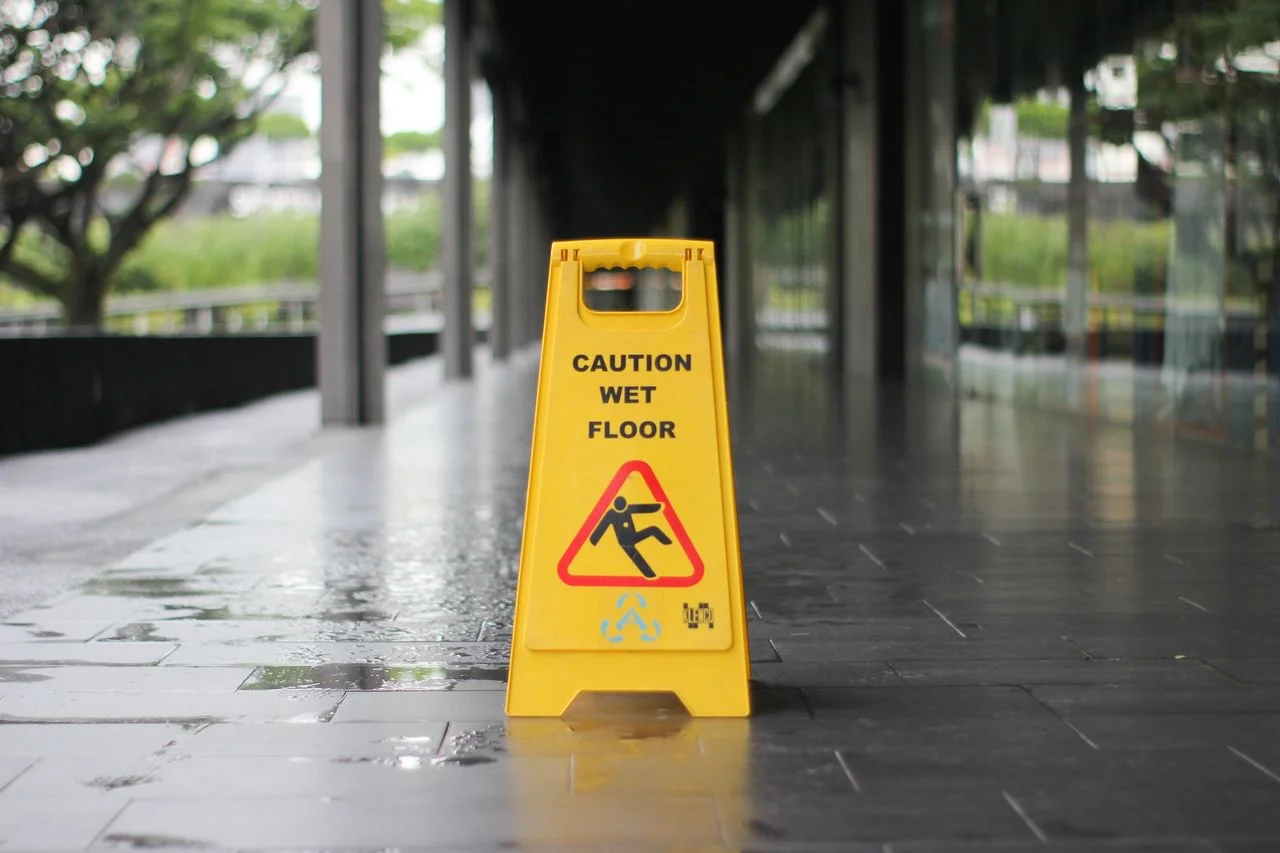Documenting Your Slip and Fall Incident: A Step-by-Step Guide

Slip and fall incidents can happen unexpectedly and leave you dealing with both physical and emotional consequences. In such situations, documenting the incident properly is crucial to ensuring a fair resolution, especially if you’re considering a personal injury claim. In this step-by-step guide, we’ll outline the essential aspects of documenting a slip and fall incident in a clear and factual manner.
Prioritize Safety First
Before documenting anything, prioritize your safety and seek medical attention if needed.
If possible, move to a safe location to avoid further accidents or injuries.
Gather Information
Collect details about the incident, such as the date, time, and location. Note any weather conditions or environmental factors that may have contributed to the slip and fall.
Identify any witnesses and gather their contact information. Their statements can be valuable in supporting your case.
Capture the Scene
Use your phone or a camera to take clear pictures of the accident scene. Focus on any hazards, like wet floors, uneven surfaces, or inadequate lighting.
Include photographs of any warning signs or lack thereof, as they can be crucial evidence.
Examine Your Clothing and Footwear
Document the state of your clothing and footwear at the time of the incident. Stains, tears, or damage can serve as evidence of the accident.
File an Incident Report
If the slip and fall occurred on someone else’s property, report the incident to the property owner, manager, or relevant authority.
Request a copy of the incident report and review it for accuracy. Ensure all details are correctly documented.
Seek Medical Attention
Visit a healthcare professional promptly, even if your injuries seem minor. Medical records can be crucial evidence in establishing the extent of your injuries.
Keep a Journal
Maintain a detailed journal documenting your injuries, pain levels, and the impact on your daily life. This can be valuable when describing the long-term effects of the incident.
Preserve Evidence
Keep any evidence related to the incident, such as your clothing, footwear, or any damaged personal belongings. These items may support your case.
Consult with an Attorney
Reach out to a personal injury attorney to discuss your case. They can provide legal guidance and help determine the strength of your claim.
Be Mindful of Deadlines
Stay aware of any legal deadlines for filing a personal injury claim. Adhering to these timelines is crucial to protecting your rights.
Conclusion
Documenting a slip and fall incident in a systematic and factual manner is essential for building a strong case if you decide to pursue a personal injury claim. By prioritizing safety, gathering information, and seeking professional advice, you can navigate the process with confidence and increase the likelihood of a fair resolution. Remember, the key to a successful claim lies in the thorough and accurate documentation of the incident.
